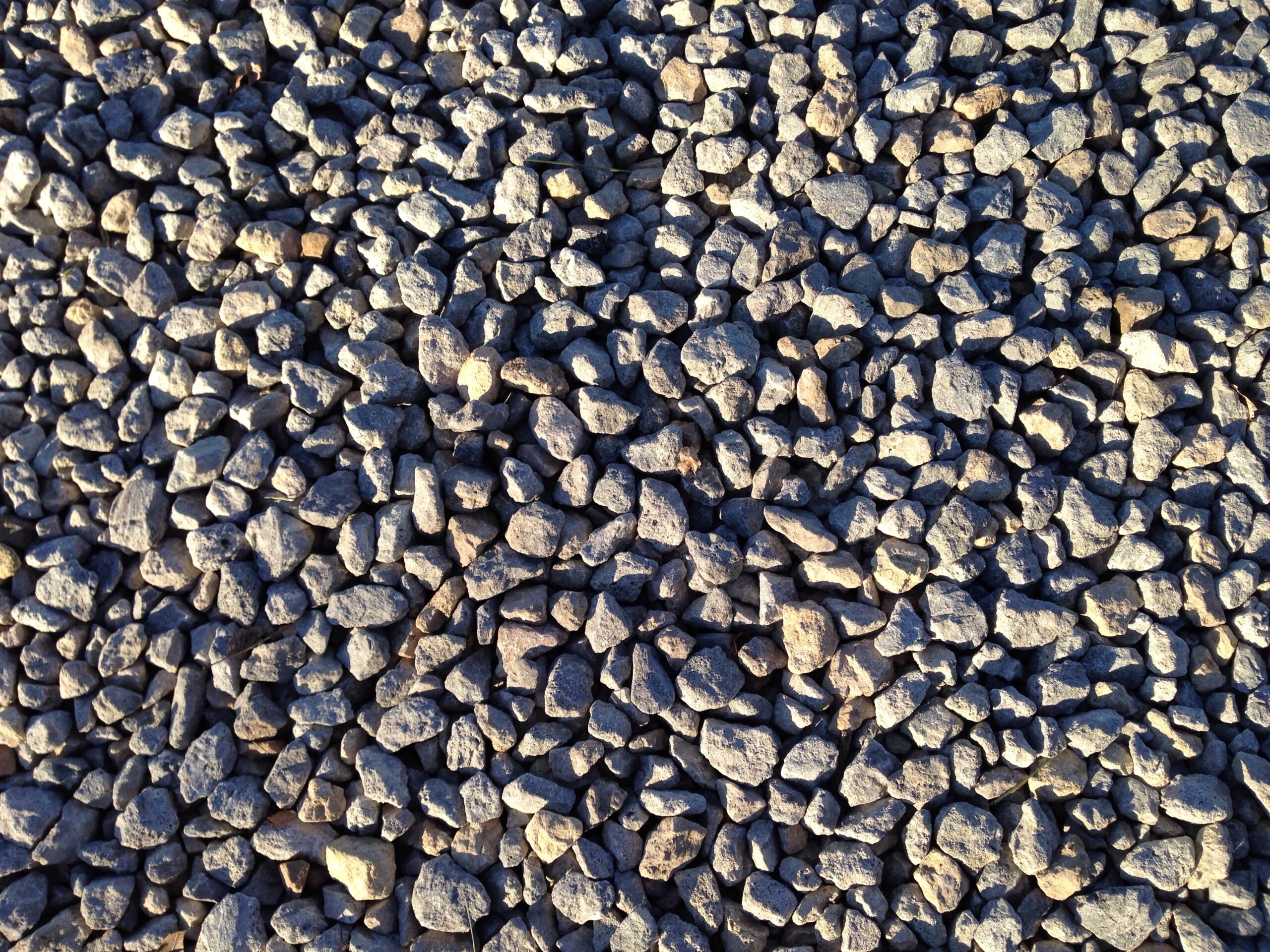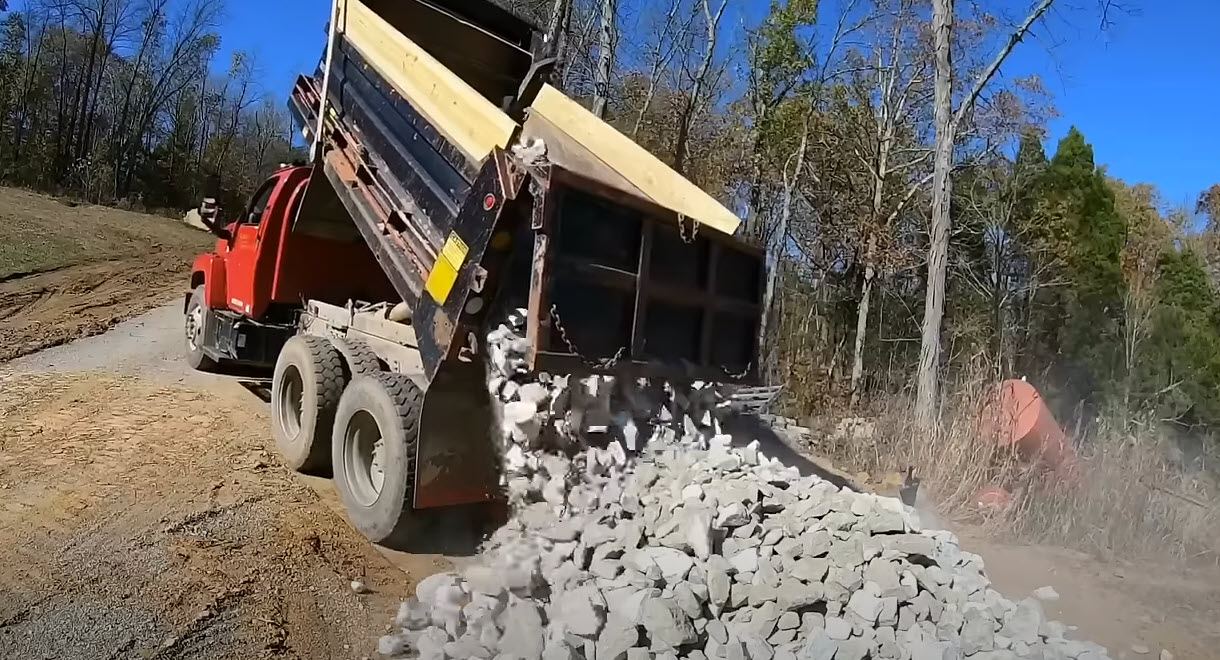Rock Trucking Servicesin Marine City MI
Rock Trucking Solutions for Safe and Timely Delivery
We Are Locally Owned & Operated For Over 37 Years
Contact Us Today!
We Serve Businesses In And Around The Following Cities:
About Rock Trucking Services
Introduction: Understanding the Importance of Rock Trucks in Commercial Properties in Marine City
In a vibrant city like Marine City, where commercial growth advances at a steady pace, construction projects and landscaping services significantly contribute to its ever-changing landscape. One central vehicle to these operations is the rock truck, an industrial heavyweight tasked with transporting substantial loads of material. Whether it’s for hauling foundation material for new construction buildings or transporting soil for landscaping projects, rock trucks play a crucial role, not only in the logistics of construction but also in the city’s commercial expansion.
The Crucial Role of Rock Trucks
A rock truck, sometimes known as an off-highway dump truck, is designed explicitly for transporting heavy, loose material such as dirt, sand, and gravel. Companies like D&J Contracting provide rock truck services, a vital aspect of construction projects, removing the complexities surrounding logistics and material transportation. This on-demand, convenient service enhances project efficiency and ensures deadlines are met.
Benefits of Deploying Rock Trucks
Rock trucks increase construction and landscaping productivity in several ways. By transporting large volumes of soil, gravel, or other material, these vehicles enable quicker preparation and development of construction sites or landscaping projects. These often-underrated machines provide an unparalleled advantage, driving project progression with their powerful engines that smoothly transport material over rough or muddy terrain that other vehicles may struggle to navigate.
Companies like D&J Contracting empower commercial property development by supplying robust rock trucks that significantly speed up the site preparation process. As rock hauling expedites the project timeline, businesses can commence operations sooner, which directly impacts their bottom line. Therefore, D&J Contracting’s rock truck services are not only an investment for construction logistics but also a strategic move for early business operations.
Real-World Applications of Rock Trucks
Rock hauling is a fundamental service offered by companies such as D&J Contracting in a variety of real-world settings. In retail construction, rock trucks transport materials like gravel to create the initial layer of shared parking areas. For industrial developments, these vehicles are used to move large amounts of soil during the foundation-digging phase. Similarly, in landscaping, rock hauling services are utilized to deliver soil amendments or remove debris from the site.
Rock hauling companies play a vital support role in public works projects as well. For instance, in road construction or maintenance, it’s often required to move large volumes of materials, a task perfectly suited for the rock truck. In broader city initiatives, rock trucks have been pivotal in transporting loose material across various development sites, contributing to the ongoing growth and infrastructure strengthening in Marine City.
D&J Contracting: Your Partner in Rock Hauling
When it comes to rock hauling in Marine City, D&J Contracting is an industry leader known for superior service. Owning end-to-end, heavy-duty equipment, including rock trucks, they offer comprehensive services for construction or landscaping projects. Their commitment to on-time project delivery, coupled with top-notch rock hauling services, ensures customer satisfaction while significantly contributing to the city’s commercial advancement.
An experienced team, efficient services and powerful rock trucks set D&J Contracting apart, making them the preferred choice for rock hauling in the city. Their expertise spans across various sectors, assisting commercial properties, city projects and even personal estate developments with remarkable diligence.
Final Thoughts on Rock Truck Services in Marine City
As Marine City continues to grow and welcome new commercial properties within its limits, the demand for rock trucks and hauling services is correspondingly set to rise. Companies like D&J Contracting, with their high-value rock hauling services, are at the forefront of this growth, responding to the city’s ongoing developmental needs.
After considering the many benefits and wide range of applications, it’s clear that rock truck services are integral to the successful completion of construction and landscaping work. Choosing a reliable provider like D&J Contracting ensures efficient progress on your project, allowing you to focus on further important aspects of your development. Thus, the partnership with a dependable rock hauling service is more than just convenience, it’s a strategic business investment.
Rock Trucking Services Gallery


Call Us Today to receive your Free Quote for
Rock Truck in Marine City
Serving: Marine City, Michigan

About Marine City, Michigan
The area of Marine City had been Ojibwa territory for centuries before the first European contact. Beginning in the 17th century, French trappers and missionaries entered the territory, followed by settlers in the colonial period on both sides of the Detroit and St. Clair rivers. Farmers developed long, narrow plots that were laid out in the typical rectangular shape of colonial French, with the narrow end along the riverfront. The first Catholic Church was built by French Catholics at Catholic Point, where they had bought land before the United States was formed. French Canadians also lived on the other side of the river in a small farming community known as Petite Côte.
It was not until after the American Revolution that European-American settlers arrived in any number. In the 1780s they obtained a deed for land from the Chippewa Indians. The Americans began to call the community “Yankee Point”, because so many settlers came from the Northern Tier of states, with late 18th and 19th-century westward migration originating from New England and New York. They also called the settlement “Belle River” (Belle Riviere in French), as the French had; this later was applied as the name of a neighborhood.
The village was platted by Americans as Newport in 1835–37. Although never incorporated by that name, it was known as “Newport” for 31 years. In 1865, it was incorporated as the Village of Marine City. Thriving on lumber trade and shipbuilding, the village re-incorporated as a city in June 1887.
The second half of the 19th century was the period of great growth in the village, with many workers employed in the lumber and shipping industries. Rafts of lumber were moved down the St. Clair River in the spring to be worked at Marine City or Detroit. Shipyards built some of the many wooden ships that crossed the Great Lakes. Lake steamers linked passengers with small towns around the lakes. Their decks were full and their flags were flying. Marine City was centered on a park by the St. Clair River, where bands played in the bandstand at City Hall during the summer.
As the lumber business ran down with the exploitation of forests, the area became linked to other resource extraction. Freighters carried iron from Duluth, Minnesota, which had been mined in the Mesabi Range, to Ashtabula, Ohio for steel processing. They passed from Lake Superior through Lake Huron and to Lake Erie. Marine City was known as the town on the St. Clair River where the captains of lake freighters lived. Many of these men and their crews worked for the Pittsburgh Steamship Company. Formed in 1901 by US Steel Corporation, it became the largest commercial fleet on the Great Lakes.
In the 21st century, Marine City has become the home of ten antique stores. The Snug Theater is a 98-seat theater featuring live performances. It will be joined in 2014/15 by a sister theater, The Riverbank Theater, in a former bank building (originally Marine Bank & Trust) down the street. Also joining the two acting theaters is the old Mariner Theatre, which serves as a special event center, movie theater, gallery for fine art Models, and site of the builders model for the ocean-going Titanic. Restaurants and retail in downtown also cater to visitors and residents.
The Heather House, now operated as a bed and breakfast, was built in the Queen Anne Victorian-style. It was completed in 1885 after 2 years of construction for its owner, William Sauber. He was chief engineer for the Mitchell fleet of Great Lake steamers.
- According to the United States Census Bureau, the city has a total area of 2.46 square miles (6.37 km), of which 2.15 square miles (5.57 km) is land and 0.31 square miles (0.80 km) is water.
- It is considered to be part of the Thumb of Michigan, which in turn is a subregion of the Flint/Tri-Cities.
- Marine City can also be considered as in the Blue Water Area, a subregion of the Thumb.
- It is part of the Detroit-Warren-Livonia Metropolitan Statistical Area (MSA) and the Detroit-Ann Arbor-Flint Combined Statistical Area (CSA).
| Census | Pop. | Note | %± |
|---|---|---|---|
| 1870 | 1,240 | — | |
| 1880 | 1,673 | 34.9% | |
| 1890 | 3,268 | 95.3% | |
| 1900 | 3,829 | 17.2% | |
| 1910 | 3,770 | −1.5% | |
| 1920 | 3,731 | −1.0% | |
| 1930 | 3,462 | −7.2% | |
| 1940 | 3,633 | 4.9% | |
| 1950 | 4,270 | 17.5% | |
| 1960 | 4,404 | 3.1% | |
| 1970 | 4,567 | 3.7% | |
| 1980 | 4,414 | −3.4% | |
| 1990 | 4,556 | 3.2% | |
| 2000 | 4,652 | 2.1% | |
| 2010 | 4,248 | −8.7% | |
| 2020 | 4,079 | −4.0% | |
| U.S. Decennial Census | |||
As of the census of 2010, there were 4,248 people, 1,765 households, and 1,117 families residing in the city. The population density was 1,975.8 inhabitants per square mile (762.9/km). There were 2,015 housing units at an average density of 937.2 per square mile (361.9/km). The racial makeup of the city was 96.8% White, 0.3% African American, 0.7% Native American, 0.2% Asian, 0.5% from other races, and 1.6% from two or more races. Hispanic or Latino of any race were 1.7% of the population.
There were 1,765 households, of which 31.1% had children under the age of 18 living with them, 44.6% were married couples living together, 13.3% had a female householder with no husband present, 5.4% had a male householder with no wife present, and 36.7% were non-families. 31.3% of all households were made up of individuals, and 14% had someone living alone who was 65 years of age or older. The average household size was 2.41 and the average family size was 3.00.
The median age in the city was 40.2 years. 22.9% of residents were under the age of 18; 8.2% were between the ages of 18 and 24; 25.8% were from 25 to 44; 27.9% were from 45 to 64; and 15.3% were 65 years of age or older. The gender makeup of the city was 48.2% male and 51.8% female.
As of the census of 2000, there were 4,652 people, 1,860 households, and 1,212 families residing in the city. The population density was 2,120.8 inhabitants per square mile (818.8/km). There were 2,006 housing units at an average density of 914.5 per square mile (353.1/km). The racial makeup of the city was 97.29% White, 0.09% African American, 0.56% Native American, 0.26% Asian, 0.86% from other races, and 0.95% from two or more races. Hispanic or Latino of any race were 1.38% of the population.
There were 1,860 households, out of which 33.5% had children under the age of 18 living with them, 48.2% were married couples living together, 12.7% had a female householder with no husband present, and 34.8% were non-families. 30.8% of all households were made up of individuals, and 14.4% had someone living alone who was 65 years of age or older. The average household size was 2.50 and the average family size was 3.15.
In the city, the population was spread out, with 27.6% under the age of 18, 8.2% from 18 to 24, 30.5% from 25 to 44, 19.4% from 45 to 64, and 14.2% who were 65 years of age or older. The median age was 36 years. For every 100 females, there were 90.4 males. For every 100 females age 18 and over, there were 88.6 males.
The median income for a household in the city was $40,146, and the median income for a family was $47,308. Males had a median income of $39,228 versus $23,677 for females. The per capita income for the city was $19,722. About 7.6% of families and 8.9% of the population were below the poverty line, including 9.0% of those under age 18 and 16.1% of those age 65 or over.
Call Us Today to receive your Free Quote for
Rock Truck in Marine City
Related Services in Marine City, Michigan
We Serve Businesses In The Following Zip Codes:
48007, 48015, 48021, 48026, 48035, 48036, 48038, 48042, 48043, 48044, 48045, 48046, 48047, 48048, 48050, 48051, 48066, 48071, 48080, 48081, 48082, 48083, 48084, 48085, 48088, 48089, 48090, 48091, 48092, 48093, 48098, 48099, 48225, 48230, 48236, 48310, 48311, 48312, 48313, 48314, 48315, 48316, 48317, 48318, 48397